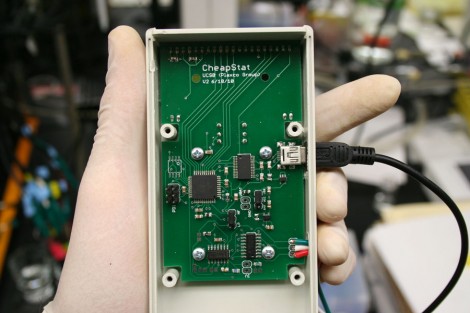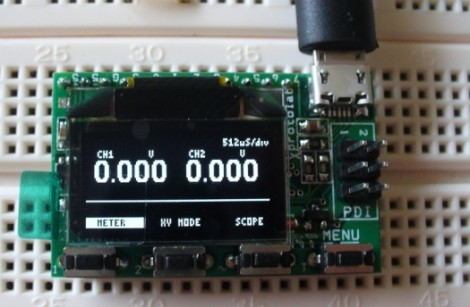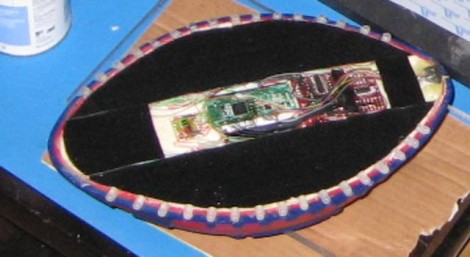
A commercial potentiostat can cost several thousand dollars, but the CheapStat is an open source project that makes it possible to build your own at a tiny fraction of that cost. It is possible to build one for less than $80, breaking down the cost barrier faced by many labs that would like to have this test hardware.
A potentiostat is used to measure electrochemical properties. To give you a few examples of what it can do, the hardware can measure arsenic levels in water, Vitamin C concentration in orange juice, Acetaminophen concentrations in over-the-counter medications, and a bunch of other less easily explained tests having to do with chemical compounds and DNA.
The device makes use of an Atmel XMEGA microcontroller and connects to a computer via USB. A Java program grabs that data from the hardware displaying test results on your choice of computer platforms. If you’re looking for all the gory details you won’t be disappointed by their journal paper.















